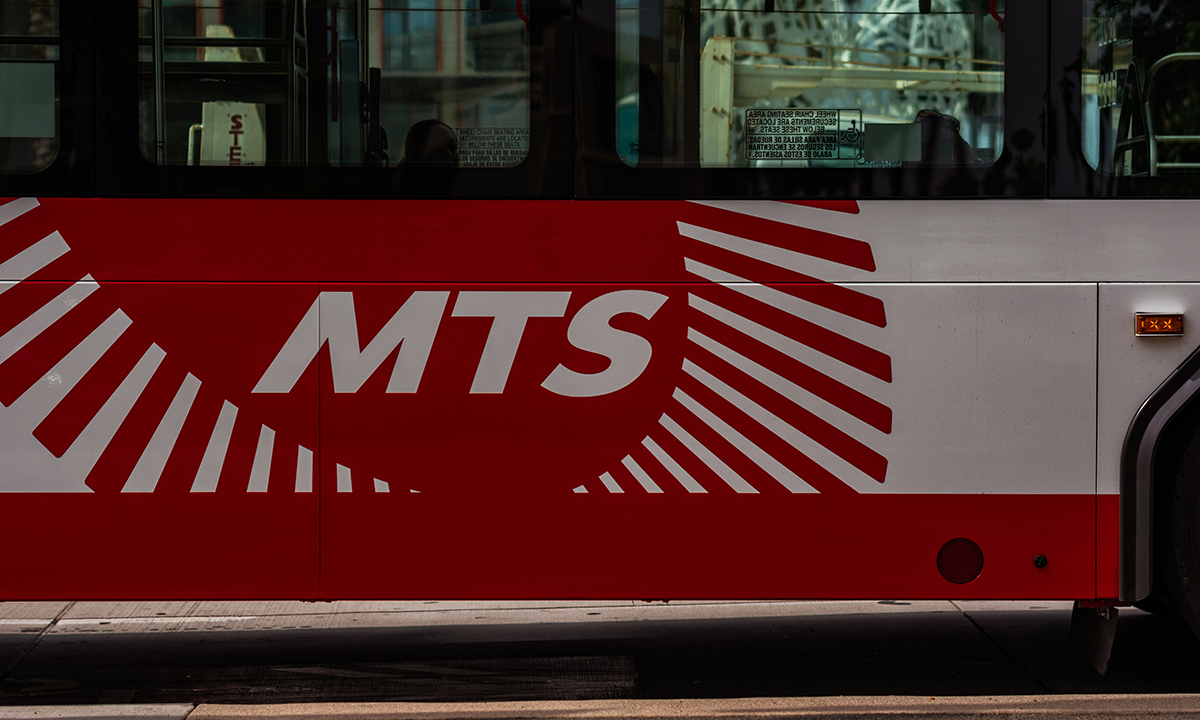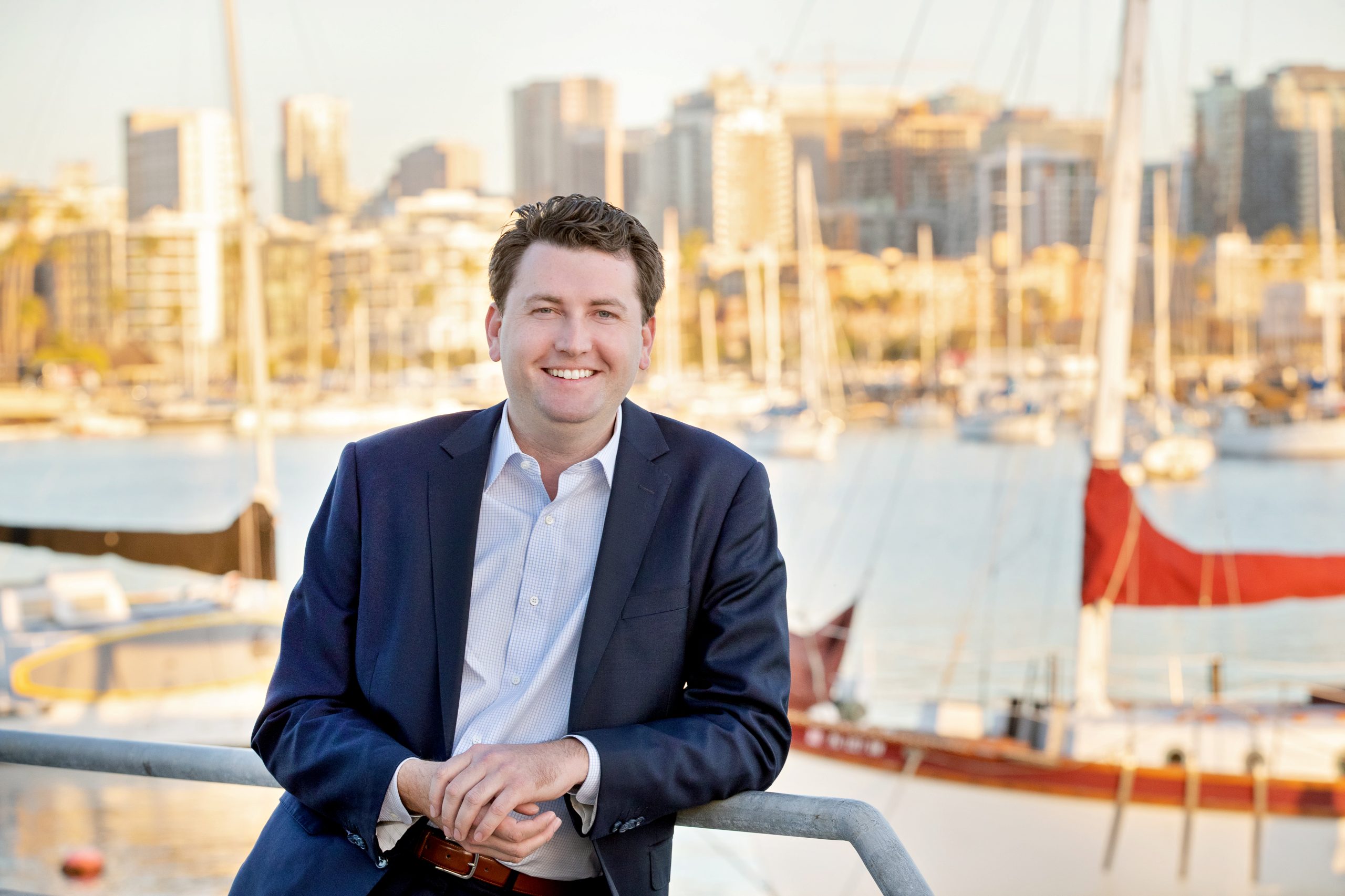Written by Richard Bailey, Mayor of the City of Coronado and SANDAG Board Member
San Diego County’s regional transportation planning agency, SANDAG, recently unveiled a policy framework to create transportation projects for the next 40 years. Unfortunately, for 97% of commuters, traffic congestion is unlikely to improve as the framework ignores some uncomfortable truths about government-operated transit and prioritizes ideology over innovation.
Advocates for more buses and rail lines insist transit infrastructure is not receiving its fair share of tax dollars. However, the truth is that for over twenty years, our region has spent more than 50% of local transportation tax dollars to slowly move the fewer than 3% of commuters in San Diego County that use transit. Meanwhile, highways received just 15% of local transportation tax dollars.
Transit advocates suggest that government-operated transit provides a cheap alternative to a car. However, the truth is that transit is very expensive for taxpayers. The typical one-way fare for buses and trolleys of $2.50 would need to increase to nearly $10 for the transit system to become self-sufficient. Currently, taxpayers are spending nearly $450 million annually to subsidize government-operated transit fares in San Diego County.

In fact, it is often cheaper to buy transit riders a new car than to build and operate a new transit line. For example, the South Bay Rapid, a bus service from the U.S.-Mexico border to downtown San Diego cost $139 million to build, but is averaging just 770 round trip passengers per day. At a cost of $185,000 per rider, a more economical option would’ve been to provide each rider with not one, not two, but three Teslas to drive for their commute.
Advocates for more government-operated transit say, “If you build it, they will come.” However, despite massive capital investments in new transit lines, heavily subsidized fares, and region-wide population growth of approximately 10%, transit ridership decreased from 2009 to 2018 and now accounts for fewer than 3% of all commuters.
Transit advocates say San Diego should have a transit system that rivals Paris or New York. This suggestion ignores the geographic fundamentals of our large and less densely populated region. For comparison, the city of Paris contains 2.1 million residents and is comparable in size to Carlsbad which has just 120,000 residents. Over 1.7 million people reside in the Manhattan borough of New York which is roughly the same area as Encinitas with a population of just 65,000 residents. The population of San Diego county would need to increase from 3.3 million residents today to more than 30 million residents to support a similar transit system. Even with radical changes to our housing policies, San Diego County will not reach this level of population density for several centuries.
Transit advocates support reducing greenhouse gas emissions but fail to acknowledge most reductions in per capita GHG emissions are due to advances in fuel economy and tighter emission standards, not mode shift. Since 2004, overall fuel economy has increased by 29%, or 5.6 miles per gallon, and will to continue improving as more automakers build electric-powered fleets.
The truth is that our existing transit system is built around fixed routes to fixed destinations on fixed schedules with huge taxpayer subsidies. This model is financially unsustainable and increasingly undesirable as consumers value choice, flexibility, and on-demand services more than ever before.
The future of transit and transportation is likely to be autonomous, zero-emission vehicles, providing on-demand, door-to-door service, while carrying multiple passengers along the most efficient route possible. These vehicles will travel on roads and highways using advanced computer systems that allow them to operate in close proximity to one another and effectively expand our existing highway capacity.
Until this technology is deployed, tax dollars should be focused on relieving the most congested bottlenecks with selective highway expansions utilizing “flex lanes.” A flex lane could be added using the existing shoulder lane on highways or installing a movable center divider, similar to the Coronado Bridge, that “flexes” lanes between morning and afternoon rush hours. This approach would add 25% capacity to many of our highways by making better use of our existing infrastructure.
Next, we should abandon failing bus routes and rethink “transit” by implementing pilot programs to provide transit-dependent riders with credits on car-sharing platforms like Uber and Lyft—a better service for riders and a cheaper alternative for taxpayers.
Finally, tax dollars should be invested in the wireless infrastructure and electric grid necessary to accommodate autonomous vehicles and power their zero-emission engines. We should be embracing these coming technological advancements by facilitating their implementation through strategic investments.
If we are willing to acknowledge the truth about our government-operated transit system and prioritize innovation over political ideology, we can provide a better transportation network for 100% of San Diego commuters.
Featured Photo by Josh Esh




